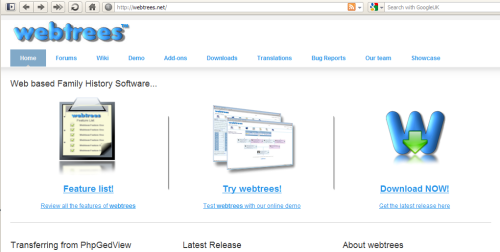Forgive me for the break in communication. Let’s get right back into it.
In the last few months I’ve been looking into website load times and implementing a few on my own. My hoster doesn’t run the most efficient servers and so my webpages really weren’t appearing as first as they might. One interesting area I looked into was javascript – in particular how the position and method of including can impact the rendering of a webpage and the speed it appears.
Some of the worst things you can do is include javascript files near the top of your HTML page. Unless you are careful, any javascript you include in the <head> or <body> sections will stop a browser from reading and rendering your page. This is because the browser does not know whether or not that javascript will output code and therefore require some rendering of its own.
Continue reading “Controlling JavaScript with LazyLoad – a ShareThis example”





